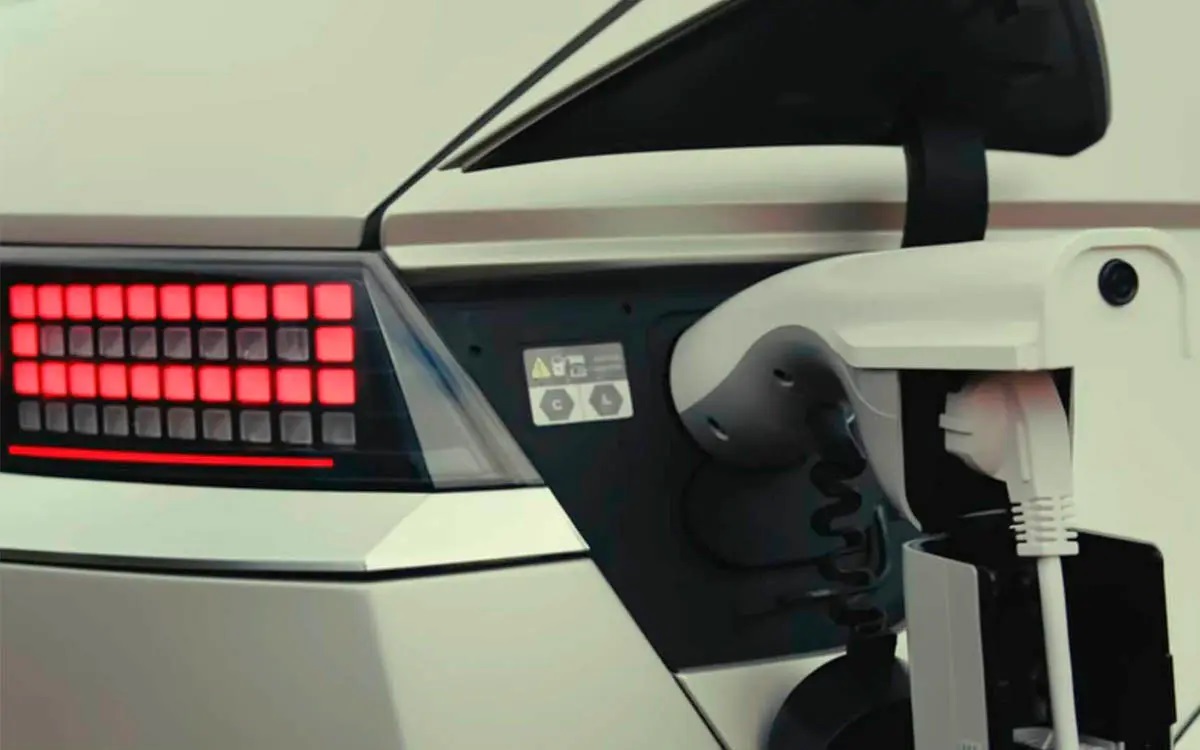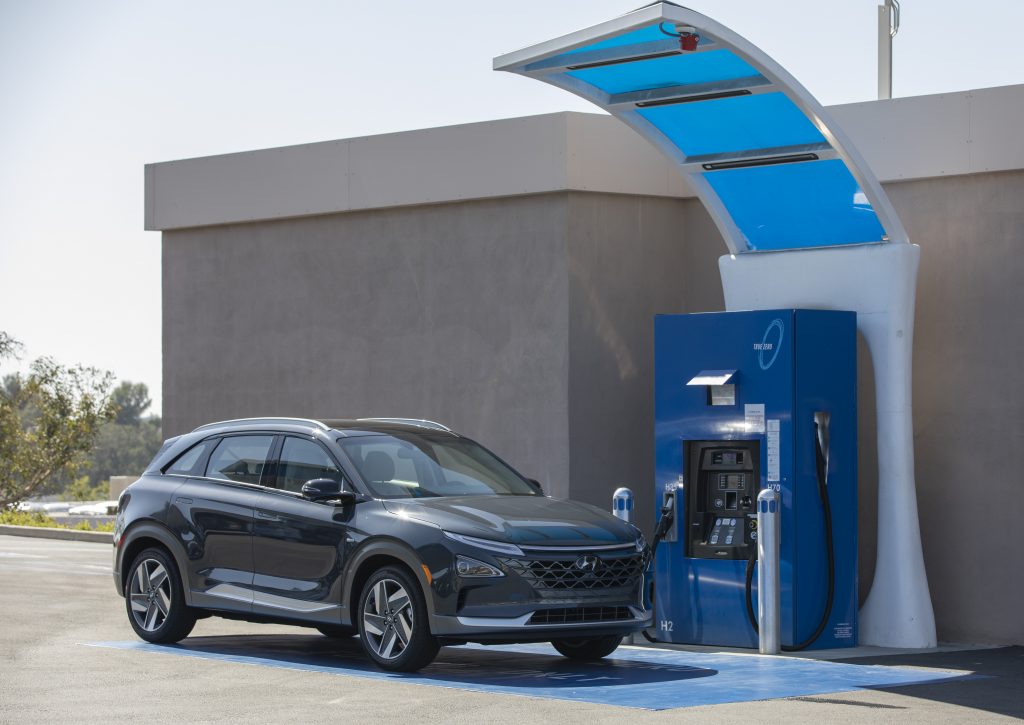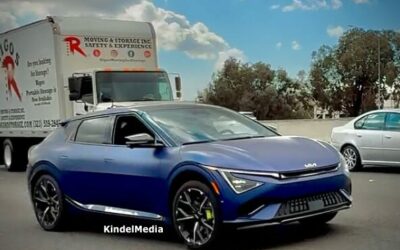Hyundai Mobis has completed the development of V2L (Vehicle to Load) power supply technology that can be applied to the hydrogen electric vehicles, and will apply for the first time in the refreshed NEXO, which it is scheduled to be released during next year.
[ads id=”9″]
Following first used on Hyundai’s IONIQ 5 dedicated electric vehicle, HMG have extended the V2L (Vehicle to Load) technology to hydrogen electric vehicles. This system will allow FCEV vehicles to take out electricity to the outside, and is going to commercialize it from next year. Electric vehicles take out and use the electricity stored in the battery, but hydrogen electric vehicles use electricity generated in near real time, so the technology is more difficult.
This technology is expected to be useful in emergencies such as power outages as it can supply electricity to houses and general facilities. An official from Hyundai Mobis said, “In order to secure advanced technology, we have also secured charging technology using hydrogen fuel cells.”
It is a method of producing electricity with a hydrogen fuel cell and supplying it to the outside via a battery. Prior to this, Hyundai Motor Company introduced V2L technology and vehicle-to-vehicle (V2V) charging technology for the first time on the recently released IONIQ 5.
Hydrogen electric vehicles can also use the V2L technology to supply enough power to drive electronic devices with the generated electricity. In addition to being able to use electronic devices inside and outside the vehicle, it is also possible to supply electricity to the house.
In fact, Toyota, a rival in the hydrogen electric vehicle market, also introduced the V2L function for the first time in the second generation of the passenger hydrogen electric vehicle ‘Mirai’, which was unveiled at the end of last year. So Hyundai was on a hurry to include it in the NEXO.
Refreshed Hyundai Nexo will be the first to use it when launched next year
[ads id=”8″]
As you may know, hydrogen vehicles cannot charge as an electric vehicle, as uses hydrogen as energy source, but it is possible to charge an electric vehicle using an in-cable control box (ICCB). When charging V2V, the maximum power delivery is only 3.6kW, which is the same as V2L, and it takes about 20 hours to fully charge a normal electric vehicle. But when the battery is discharged, it can be used for emergency charging in order to arrive to the nearest charging station.
The expansion of the V2L function of electric vehicles is expected to change the energy consumption paradigm and create a variety of mobile service models. The mobility is excellent because users can use hydrogen fuel cells to generate electricity wherever they want. If the V2V charging speed is improved through technological advancement, it can be used as a moving electric vehicle charging station.
Kim Myung-hwan, head of the hydrogen fuel cell research center at the Korea Automobile Research Institute, said, “Unlike driving a vehicle with acceleration/deceleration, there is no change in output in the V2L function, so there is less burden on the durability of the hydrogen fuel cell.” “It can produce electricity.”
Currently, the hydrogen recharge price is at 8.800 won ($7,85 – 6,50€) per kg, but South Korean Government aims to lower it to 6.000 won ($5,35 – 4,50€) next year and to 3.000 won ($2,68 – 2,25€) by 2040.







